Grow your business with the Discover newsletter
Logistics advice & insights straight to your inbox
Subscribe now
All you need is an international shipping partner and some insights into the local market and you’ll be ready to go! Read on as we explore how to export to South Korea, including the consumer trends that will help your business engage and convert prospects there.
South Korea has a population of 51.4 million(1), and an impressive internet usage rate of 93% (as of 2022)(2).
South Korea's e-commerce market is forecast to show an annual growth rate (CAGR 2023-2028) of 2.71%. E-commerce takes a significant slice of the country's total retail sales – 18%(4).
The number of e-commerce users in the country is expected to reach 45.3 million by 2028(5). Online shopping is particularly popular amongst those aged 20-39(6).
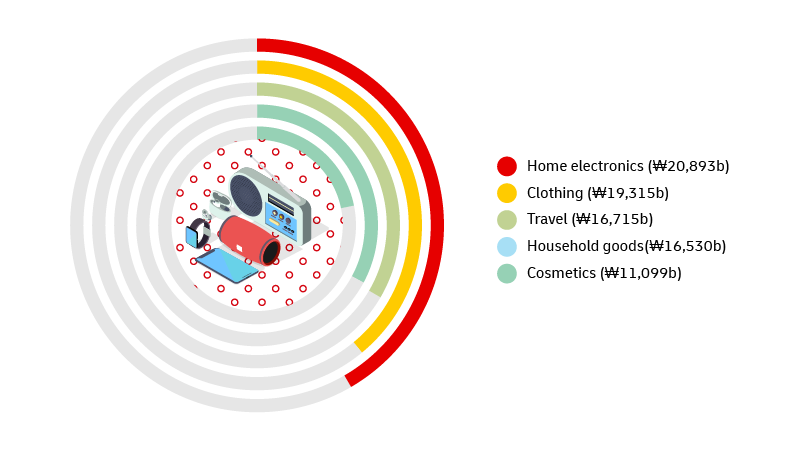
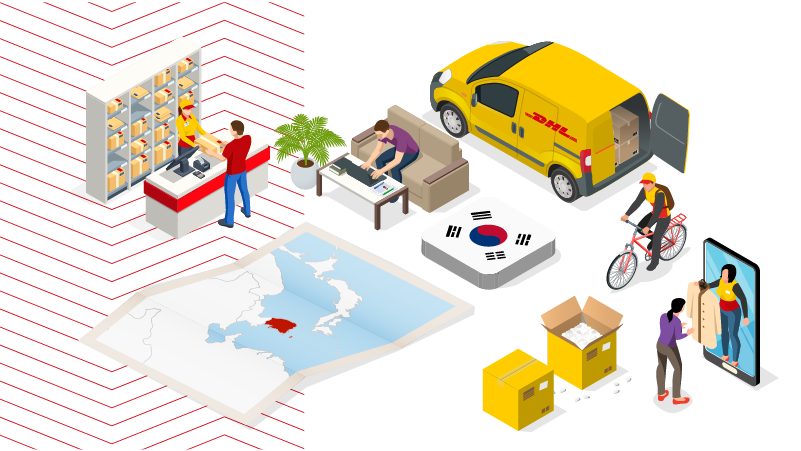
Online purchases from foreign e-commerce brands reached US$4.7 billion in 20228. China took the biggest share, followed by the US and Japan9. It was the first year the US didn’t take first place in the rankings – due in part to unfavourable exchange rates.
South Korea is a card-based online shopping economy, with a 73% market share. Looking ahead to 2024, card use is set to decline slightly as digital wallets grow in use.10
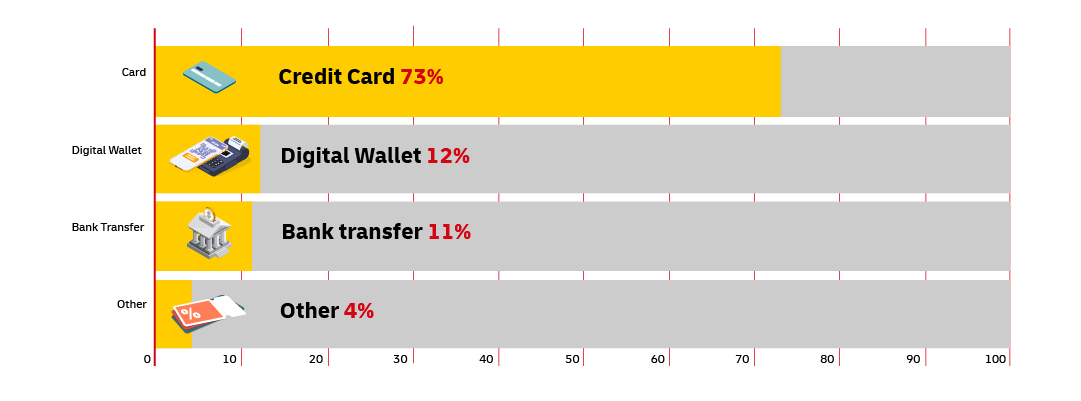
Online marketplaces can be a helpful gateway for cross-border businesses wishing to sell to a new country for the first time.
Leading South Korean online marketplaces, as of October 202311
(By monthly visits, in millions)
South Korea's most used e-commerce marketplace.
A platform for both small, independent businesses and big brands.
Positions itself as quality-led and reasonably priced.
Known as a go-to destination for K-Shopping.
Online 'shopping mall'.

De Minimis Clearance is a clearance method that allows goods to be cleared only with an invoice with the names, phone numbers, addresses of the consignor and the consignee, and the description, price, and weight of the goods. In this case, the resident registration ID number (including the personal clearance code) of the owner is required. List Import Declaration may apply for goods for personal use or commercial samples that do not exceed US$150 (US$200 dollars for the goods from US) if they are not one of the following goods excluded from the list Declaration.
Informal Clearance may apply for goods priced between US$150 (US$200 dollars for goods from the US) and US$2,000. South Korea Customs will allow goods to be cleared without an inspection if the declared details, such as the description, value, etc. of the goods, are deemed accurate. However, for some goods, including prohibited goods for import, simplified import declaration doesn't apply. In this case, an import declaration should be made following the procedures of the general import declaration.
Formal Clearance is required for goods with a price higher than US$2,000.
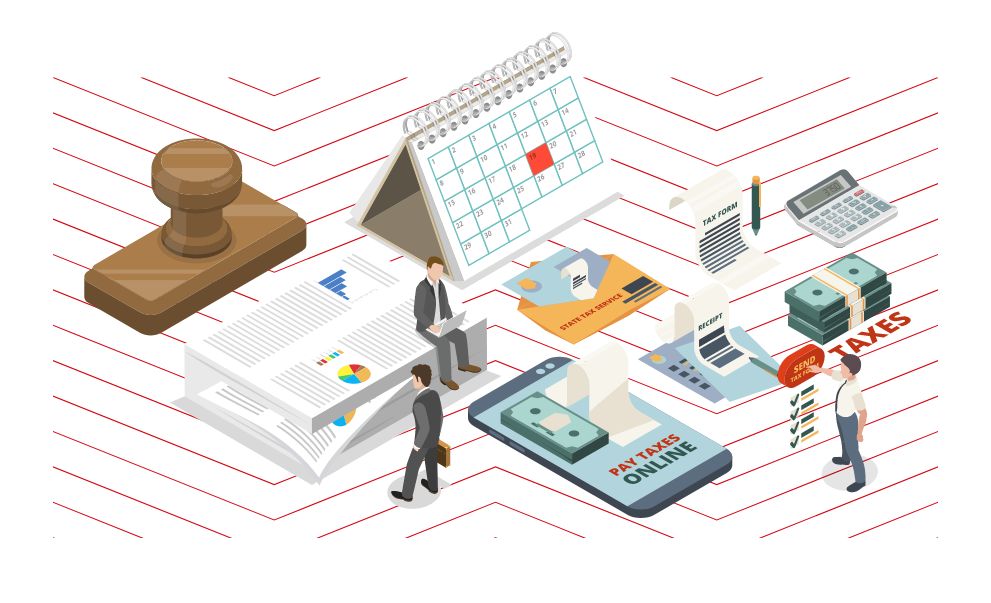
Customs Duty: Customs duty rate is determined based on the HS (Harmonized System) code of the goods and varies depending on the nature of the items.
Value-Added Tax (VAT): Most goods and services are subject to value-added tax. The standard VAT rate is 10%, but some items may be exempted or subject to reduced rates under current regulations.
Excise Tax: Certain specific products are subject to excise tax. Alcoholic beverages, tobacco, and petroleum products are examples of goods subject to excise tax.
Other Taxes: Additional taxes may be imposed depending on specific circumstances or items—be sure to check with Korea's Customs agency by entering your product's HS code here.
https://www.customs.go.kr/english/main.do
Customs and clearance information for exporting or importing goods to and from Korea.
http://english.motie.go.kr/www/main.do
Check this for information and policies related to industry and trade, such as export-import support programs, trade agreements, market trends, and more.
https://www.kotra.or.kr/english/index.do
For information related to exports and imports, market trends, business opportunities, and more.
A non-profit organization that supports international trade activities. Explore international market trends, trade agreements, export-import support programs, and more.
https://www.customs.go.kr/english/cm/cntnts/cntntsView.do?mi=8067&cntntsId=2741
An overview of Korea's customs clearance procedures for overseas (e-commerce) purchases.
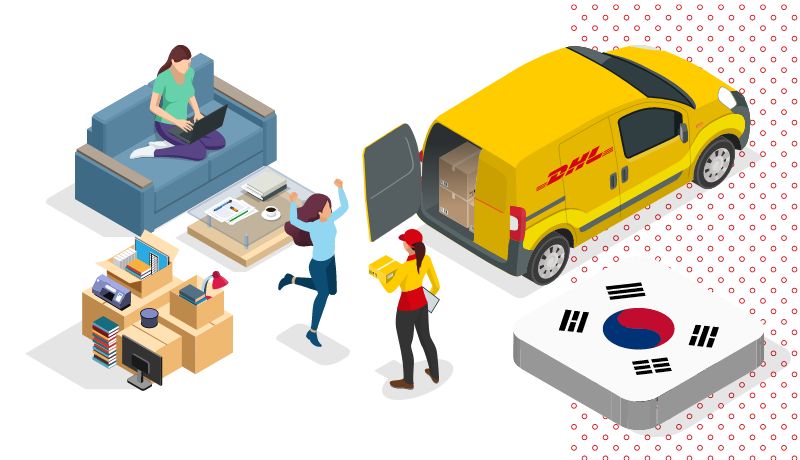
You’re in the right place! We know that the above guidelines may seem a little overwhelming, but that’s where partnering with DHL will pay off. As international shipping experts, we’ll support you through all customs procedures so that your shipment avoids delays. Sell to the world with DHL!
Start your journey here